Click here to view image
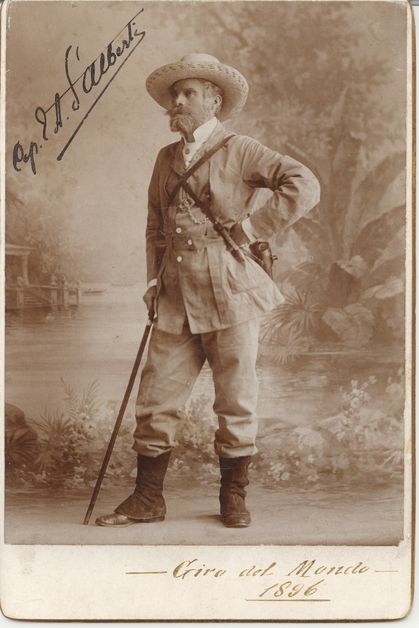
Click here to view image
The Captain in the second round of the world, 1896

Click here to view image
Women in front of a fountain - Africa (1902)
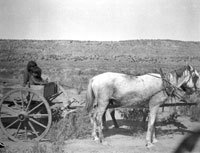
Click here to view image
Children on wagons - Arizona (1906)

Click here to view image
Group facing pyramid and sphinx - Giza, Egypt (1908)
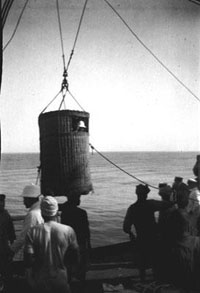
Click here to view image
Disembarkation of passengers with basket- Chinda, Mozambique (1908)
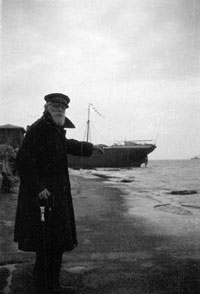
Click here to view image
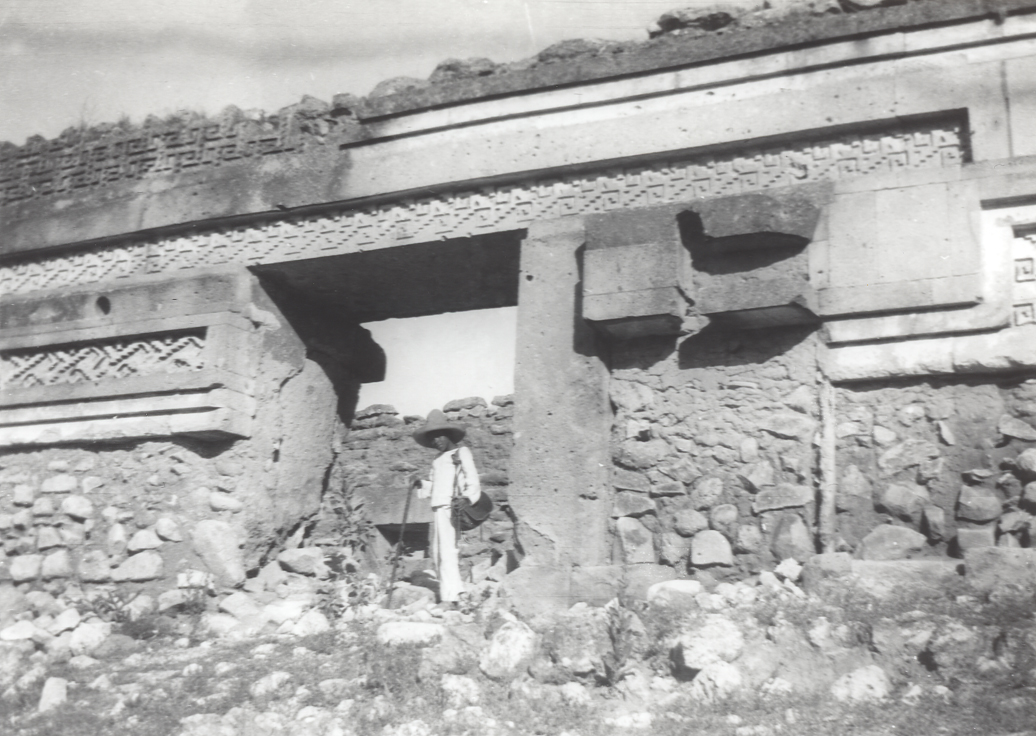
Click here to view image
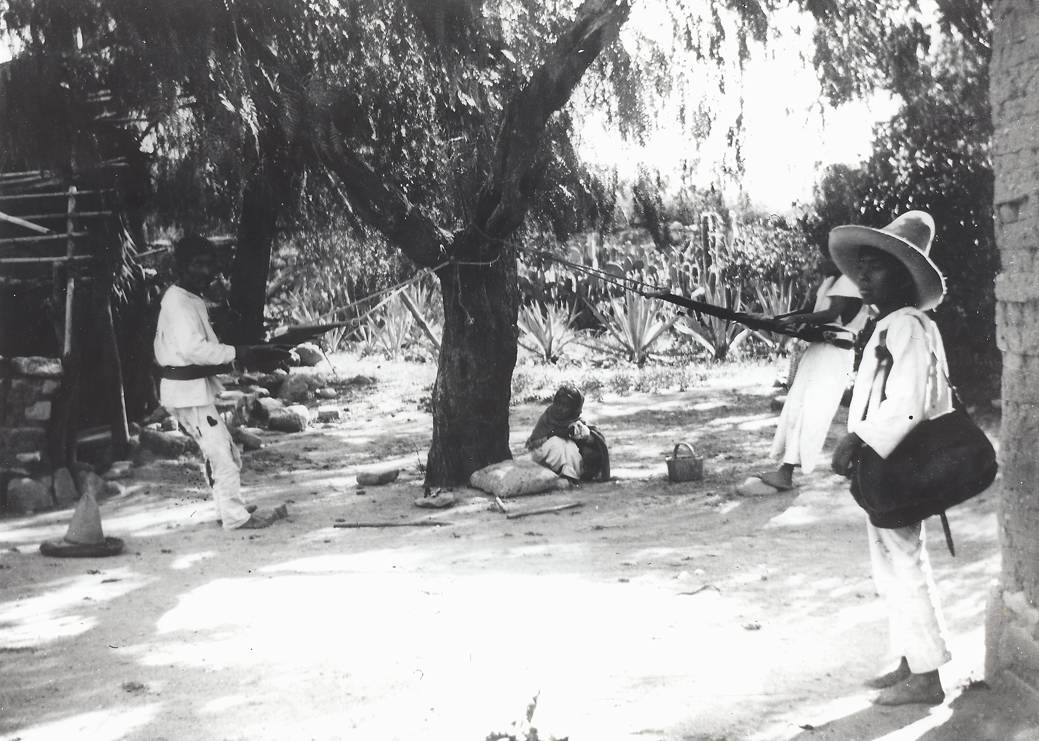
Click here to view image
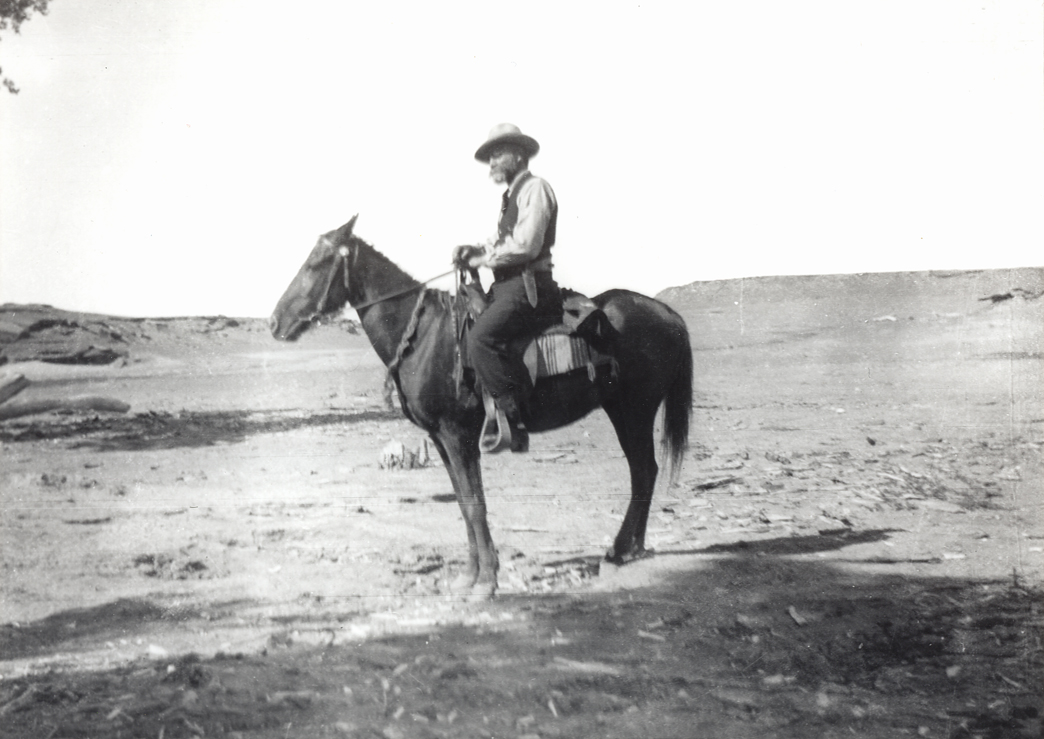
Click here to view image



